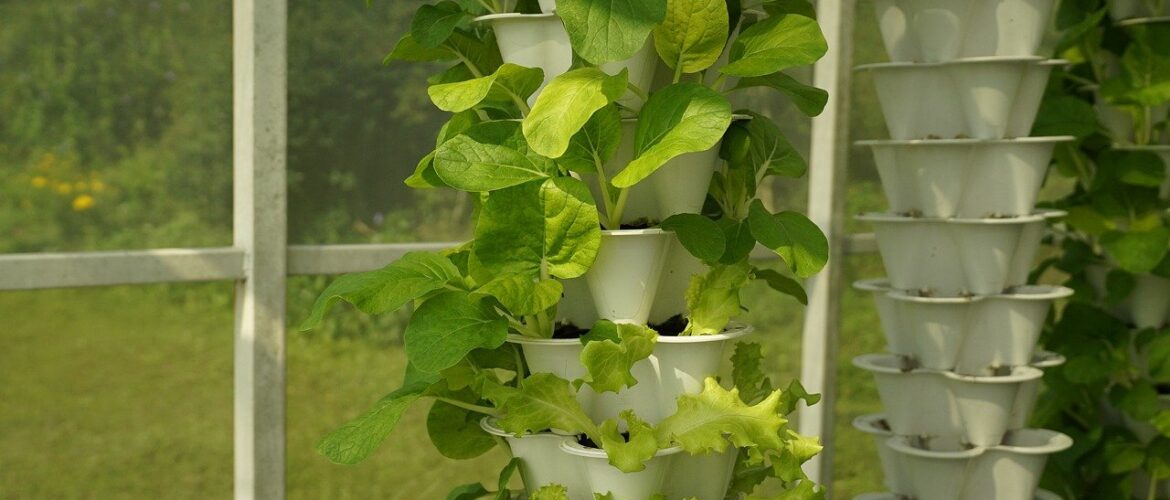Using Hydroponics to Prepare for the Coming Food Shortages

As the world population continues to grow and the climate continues to change, it’s becoming more and more likely that we will face widespread food shortages in the not-so-distant future. That’s why more and more people are turning to hydroponics as a way to ensure that they will have access to fresh fruits and vegetables no matter what happens.
According to Progrow, hydroponics is a type of gardening that doesn’t require soil. Instead, plants are grown in a nutrient-rich solution. This gardening method has several advantages, including the fact that it uses far less water than traditional gardening. It’s also easier to control pests and diseases when plants are grown in a controlled environment.
Why Hydroponics?
As mentioned earlier, one of the main advantages of hydroponics is that it requires far less water than traditional gardening methods. With traditional gardening, a lot of water is lost to evaporation and runoff. But with hydroponics, the water is contained within the system, making it much more efficient. In addition, hydroponics can be maintained with recycled water, further reducing the amount of water needed. As a result, hydroponics is a much more sustainable way to garden, and it can be used in areas where water is scarce.
In addition, hydroponics allows you to grow plants in a controlled environment. This means that you can control the temperature, humidity, and nutrient levels much more easily than you could if you were growing plants in soil. This can lead to bigger and healthier plants.
Finally, hydroponics is a great option if you don’t have a lot of space. You can easily set up a hydroponic system in your basement or even on your kitchen countertop. All you need is a container, some grow lights, and some basic supplies.
Getting Started with Hydroponics
If you’re interested in getting started with hydroponics, there are a few things you’ll need to get started. First, you’ll need to choose a container. There are many different types of containers that you can use for hydroponic systems, so choose one that will fit in the space you have available. You’ll also need to purchase a pump and timer. Once you have all your equipment, you’ll need to set up your system and test the water quality to ensure everything is working properly.
Next, you’ll need to choose your grow lights. When choosing grow lights, there are a few things to remember. First, you’ll need to decide what type of light you want to use. There are many different types of grow lights available, so do some research to figure out which one will work best for your needs. Next, you’ll need to consider the intensity of the light. The amount of light that your plants need will depend on the type of plant and the stage of growth. Finally, you’ll need to think about the duration of the light. Most plants need about 14 hours of light per day, so you’ll need to choose a light that can provide this level of illumination.

Finally, you’ll need nutrients for your plants. While plants growing in soil get their nutrients from the soil itself, plants grown in hydroponic systems need to get their nutrients from an external source. There are many different types of nutrient solutions available, so again, do some research to figure out which one will work best for your needs.
Conclusion
If you’re interested in being prepared for the coming food shortages, consider setting up a hydroponic garden. Hydroponics is a type of gardening that doesn’t require soil and has many advantages over traditional gardening methods. With hydroponics, you can grow healthy plants in a controlled environment using less water than traditional methods. Plus, if you don’t have a lot of space available, hydroponics is a great option because it can be easily set up indoors with minimal equipment.
